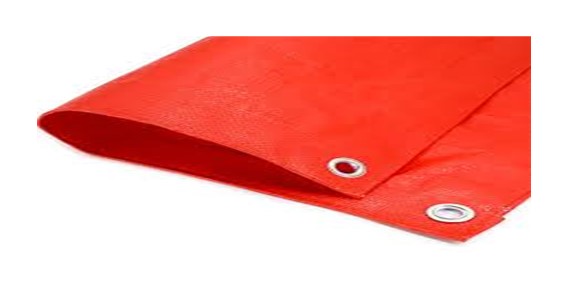Tarps are among the most important insulated covers in a house, even though most people ignore their importance. During winter, most people begin storing their items for future use, and tarps are not exempted.
Remember, the tarp’s lifespan depends on how well you treat and store it. Homeowners are advised against storing tarps in the open as it diminishes their lifespan, thus requiring frequent replacements.
Tarp maintenance is easier than most people assume, but you must first know what type you have to clean it well. Below we discuss how to look after your tarps.
Do Not Overuse Them
Most hay tarps are highly versatile, meaning you can use them for different tasks around your house and business. However, their versatility might be a double-edged sword, as some people use tarps for the wrong tasks or overuse them.
Keeping tarps top-tier means using them appropriately, increasing their lifespan.
Click here – The Rise of Podcasts and Audio Content: Opportunities for PR in India
Repair Tears and Rips
Rips and tears are among the main signs of faulty tarps and should be replaced immediately. Homeowners should check for rips and tears after the tarp is dry and fix them accordingly.
Most people only pay attention to tarp repairs once the damage becomes extreme. Conducting frequent inspections is important, enabling you to detect these faults in the initial stages, preventing much bigger problems later.
Clean them Often
Most rental operators spend much time cleaning party tents and commercial inflatables. These individuals might consider using tarps during cleaning, as most ignore them. These items require frequent cleaning even though people hardly interact with them. Most tarp dirt is visible, and eliminating it goes a long way in prolonging their lifespan.
Homeowners need nothing special to clean tarps, just warm water and soap. However, certain stains might be harsh, which makes it important to use a soft brush.
Eliminate Torn Grommets
Grommets are important parts of the tarp, and homeowners should replace or eliminate broken grommets for the best results. Grommet kits function on canvas, poly, or mesh tarps and are easy to use.
Store Correctly
Storage is as important as maintenance, and you should avoid storing tarps in damp or dirty places. Muckiness and wetness facilitate mold growth on tarps, thus decreasing their lifespan massively. Tarp cleaning is beneficial, but you should not store it until it becomes completely dry.
Another way to prolong your tarp’s longevity is by anchoring it firmly, especially during windy seasons. Wind can harm your tarps, which explains why you should anchor them securely and firmly.
Click here – Understanding the Four Types of Artificial Intelligence
How to Clean Tarps
Tarp cleaning is easier than you would imagine. However, you must first acknowledge the tarp design to make a more informed decision. A treated tarp is not cleaned the same way as canvas tarps, and below we discuss the complete cleaning guide;
Fire Retardant Tarps
Tarps treated using fire retardant agents should not be cleaned using starch, bleach, and softeners. Cleaning tarps using the listed substances would first require eliminating the coating to avoid compromising quality.
Fire retardant tarps should be cleaned carefully using water that lacks a mineral build-up, soft water, to be specific. The used detergent should be fragrance-free and gentle for the best results.
PVC, Poly, and Vinyl Tarps
Poly, poly, and vinyl tarps are easily cleanable; you only need soap and water. The soap solution should sit on the tarp for about twenty minutes, and soften the grime using a soft brush.
After thorough washing, homeowners should rinse the tarp properly and ensure all sides are dry before storage.
Untreated Tarps
These are the easiest tarps to clean. Homeowners can put them in washing machines and include a gentle detergent. These tarps can then be dried on a laundry line or clothing dryer and stored afterward.
Remember, all tarps are resistant to mildew but should still be stored in dry conditions for improved longevity.
Most Common Tarps
Tarps are available in different types, and below we discuss the most common;
Clear PVC Tarps
Clear PVC tarps are intended to be used as curtains and made using clear materials that facilitate light passage. These items can withhold extreme weather conditions, making them ideal for exterior use.
Iron Horse Tarps
These tarps are common for their long lifespan waterproof ability, among other features. They are easily available and have a long lifespan.
Final Thoughts
Tarps are important items today due to their various features and easy availability, among other factors. The above article has discussed how to look after tarps, and more information is available online.

